I am writing this in the summer of 2020 when we ended the school year with remote learning, primarily with families teaching at home. We don’t know yet whether we are in classrooms, doing distance learning or a blended version in the fall. I suspect it will be combination and will depend on where you live among other things.
Upcoming Fall 2020: Home Learning or School?
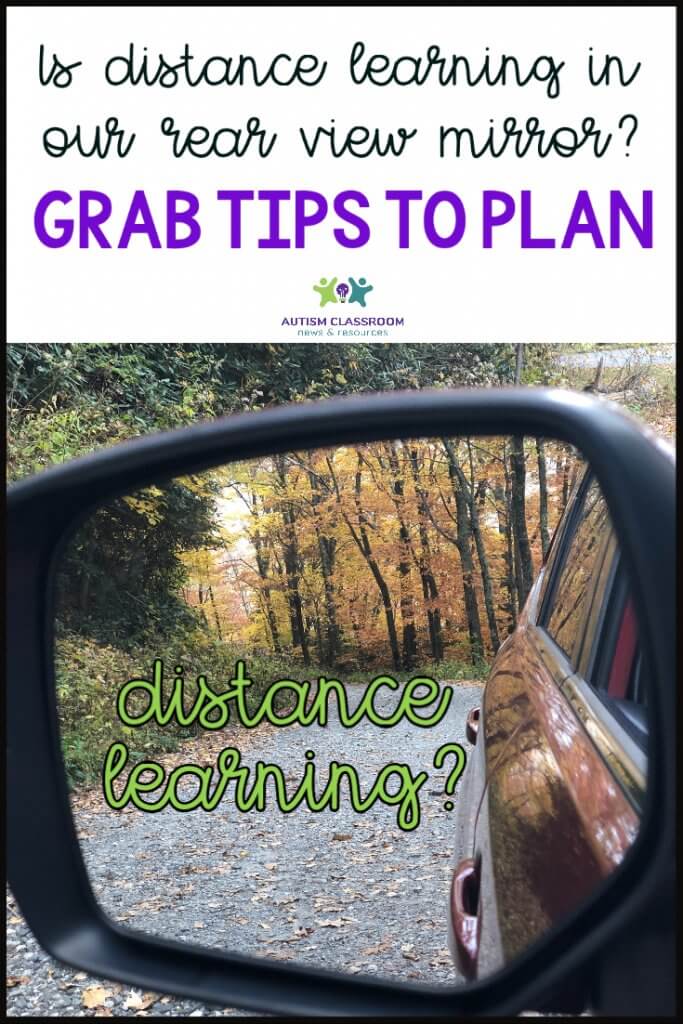
While we are unsure what the fall may bring, I’m pretty sure about a couple of things. If we do have to go back to home learning, we will need to prepare for it. In the spring, we had the situation where everything closed down so fast there was little time for preparations. Teachers accomplished the most amazing things with their distance learning, particularly when you realize that you did it with almost no time and no notice. Every single teacher should be proud of what was accomplished.
However, as special educators, we know that distance learning for our students with autism and other developmental disabilities was a huge challenge. And that we haven’t been able to meet their needs without them in the classroom. Having our students in the classroom is ideal. But there is the chance that we will still have some sort of distance learning in the coming year. So, the key for it is to be prepared.
Preparing for Home Learning
Whether your students start the year off in your classroom all or full time, or they start with home learning, it’s going to be important that we put things in place to make it more successful. With the emergency nature of the closings, we were trying to maintain skills more than make progress. But if we are doing distance learning in the coming year, our students must progress. So we need to make sure we are prepared with the tools to help them.

I talked about some of the barriers with distance learning for ours students, including that it isn’t necessarily what parents have chosen in Episode 30 of the podcast. Currently, I am creating presentations for the Academy focused on preparing to go back to school. So I thought I would share some of my major thoughts and some tools that can help you prepare.
Reflect on What Worked (and Didn’t)
In episode 40 of the podcast, I talked about ways to reflect on distance learning efforts. When you look back on it, you might be surprised that students made some progress in some areas. We have to know what worked and what didn’t so we can make changes as we move forward.

I’d like to think that distance learning is behind us, but I suspect it’s not. So, we need to figure out if we had tools and strategies we can use again effectively for some students. And we need to know if something didn’t work so we can find a strategy or tool to replace it.
Visuals Will Be Even More Important
We know that visuals are important for our students with autism and lots of other disabilities. I think one quick look at the news shows you how important that they are for everyone…adults and neurotypical individuals included.
We see many of our students’ anxieties spike when things are unexpected or uncertain. I mean face it, many of us have anxiety that spikes. The more predictable we can make things for our students, the more that they know what is coming, the less anxiety they have.
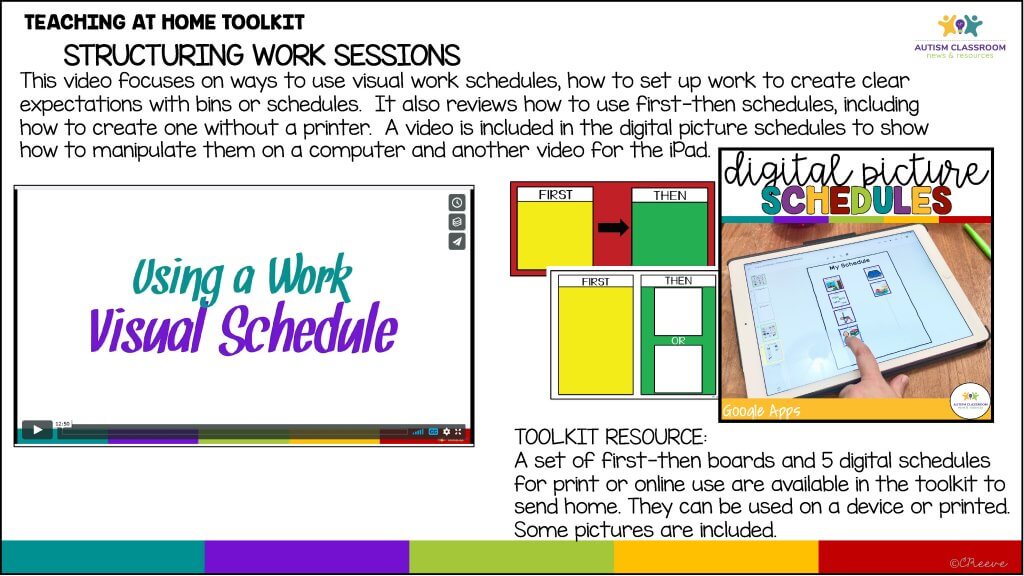
Whether it’s visuals at home that families can use without printers or visuals in the classroom, we need to make sure we have the visuals to support our students.
More Parent Training and Consultation Needed for Home Instruction
If we are to continue distance learning in the fall, and I know that some schools are, we are going to have to think about what it looks like. In some schools, parents will make this choice. And I expect that the parent would need to commit (at least tacitly) to facilitating learning. In other situations, I know that won’t be the case because the school will make the decision to be distance or blended instruction.
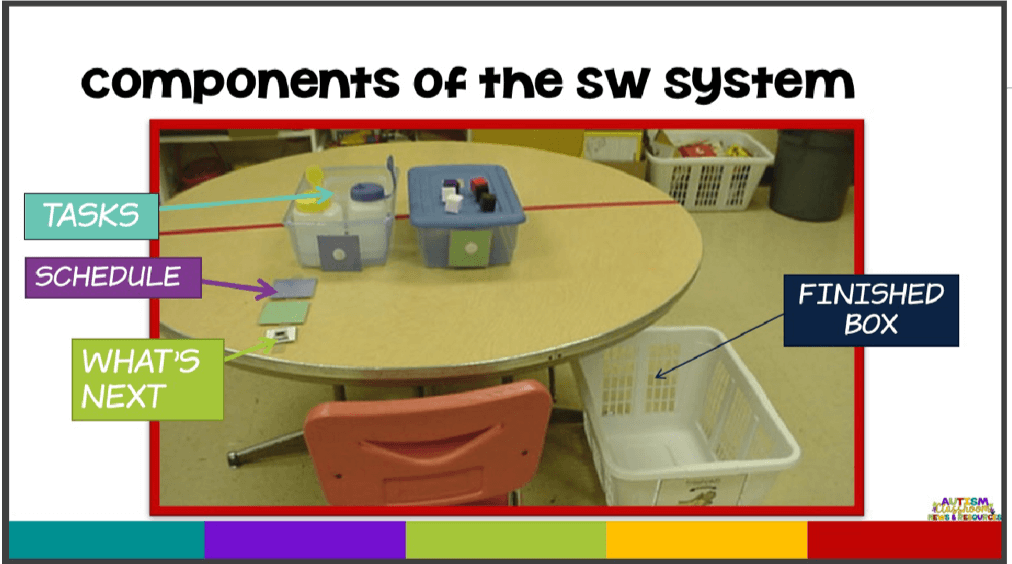
I think a big piece of ongoing distance learning is going to have to include a lot of parent collaboration, consultation, training and support. We need to make sure that we think about the materials that families will need to support learning at home. For instance, would it be helpful in blended learning for students to have an independent work system at home? They could use it to practice things taught in the classroom time. We are going to want to think about these things at the beginning of the year to be prepared for possible shutdowns later.
Find Ways to Fit Home Learning Into Family Routines
Finally, I’ve talked about this one in a past post and in a podcast episode. If families are teaching their students at home, they are also probably teaching other children. And possibly or probably, they are going to working their job from home. And we know that many of our students don’t always respond to doing school work at home with their parents.
So, to help with this is to carefully consider the skills we need to be teaching at home (in a blended model). Or be innovative about how we can help families teach skills at home. One way to do that is to think about how families can incorporate learning into their routines. Routine-based learning is something we have used in early childhood for years.

Let’s talk with families and find out what their routines are during their day. Then collaborate with them to find times and activities that can be woven into their day to teach specific skills. It might involve building in a story time, a checklist of social interactions, or incorporating game or interactive time. Or you might find functional skills your student needs to learn. Then find ways to help them make that task more systematic for instruction.
The Teachers Home Teaching Toolkit Can Help
So how in the world are we going to do all of this? Well, I’ll be the first to say that I don’t have all the answers. But I do know there are some tools and strategies that can help.
- Having videos we can send to families to show them how to teach specific skills.
- Accessible visuals for expectations available in online formats
- Collaborating with families to help them establish systems for instruction at home
- Devising teaching strategies for skills that can fit into routines or use more naturalistic strategies for instruction.

The Teachers Home Teaching Toolkit can help with this. The toolkit includes some free materials that you can find in my store or in the Resource Library. But it also includes other products for sale in my store and some only available in this toolkit.
And if you are a member of the Special Educator Academy, don’t purchase it–it’s part of your membership perks as part of our Distance Learning training and tools.
The toolkit includes Google Slides of digital token boards, digital schedules, digital first-then boards, home teaching rules, and online teaching rules that can all be used on a phone, tablet or printed out.
It also includes 7 video links to be sent home for the following:
- 5 ways to structure work at home
- Using a visual schedule for work time
- How to use a working-for token system
- Tips for embedding learning into routine activities (including scavenger hunts and games)
- 3 additional videos that focus on encouraging language and academic skills as part of games and routine activities
You can check out the toolkit at the links below and find out more.

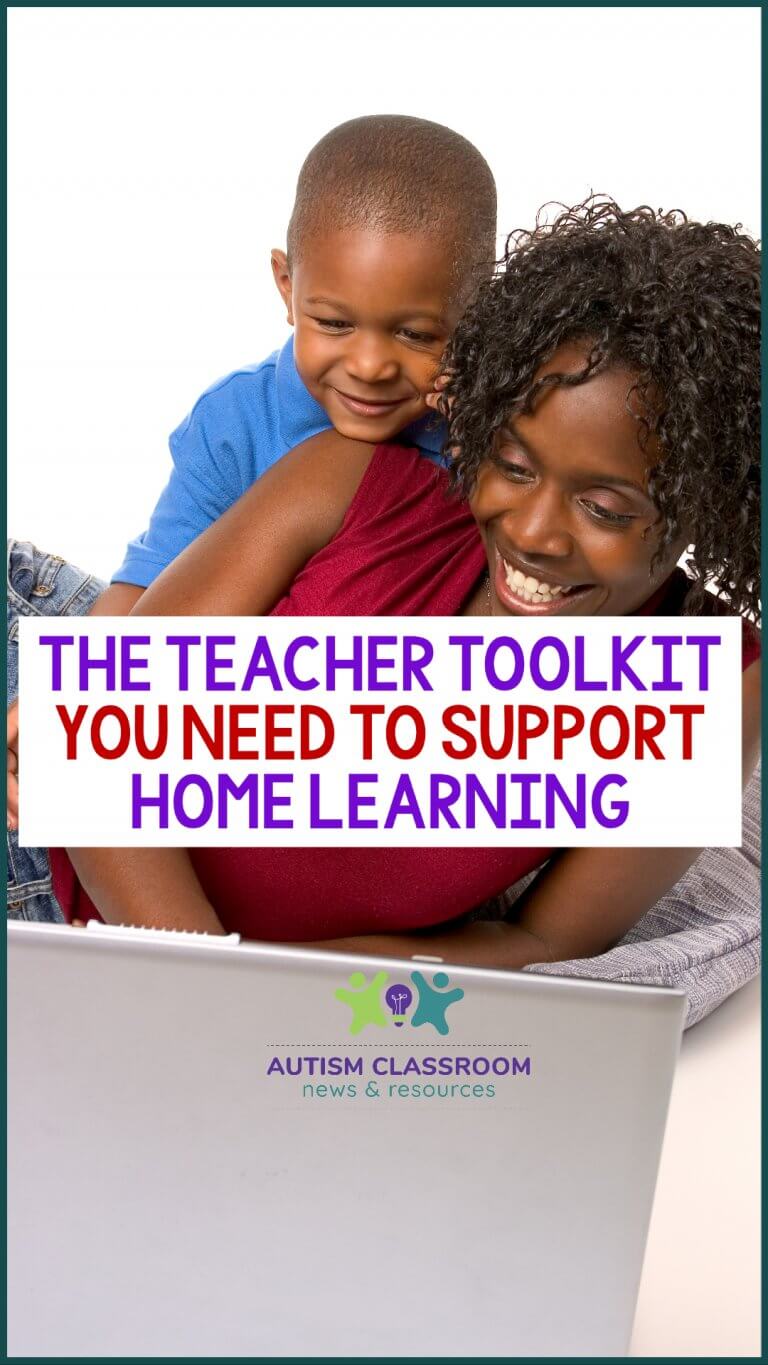
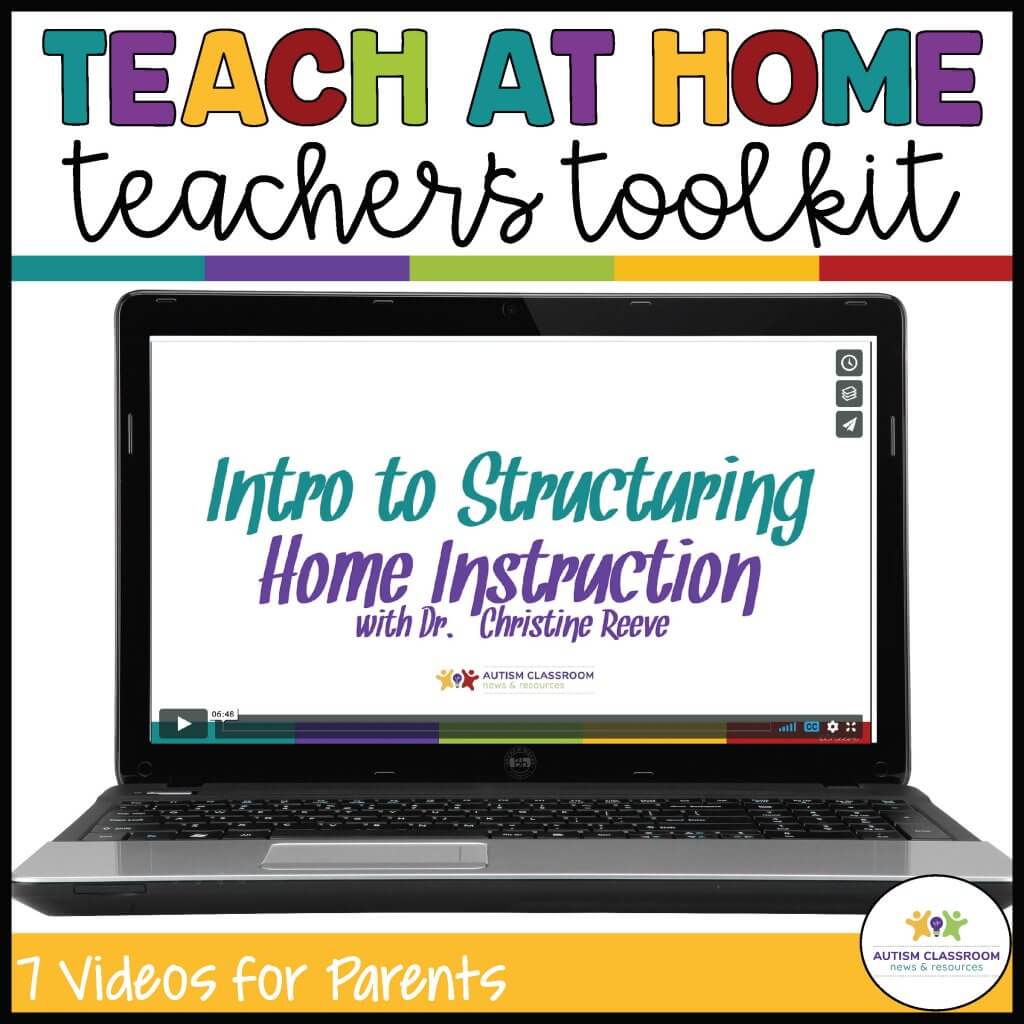


![Summer resources to help survive the end of the year in special education [picture-interactive books with summer themes]](https://autismclassroomresources.com/wp-content/uploads/2018/05/SUMMER-RESOURCES-ROUNDUP-FEATURE-8528-768x768.jpg)

